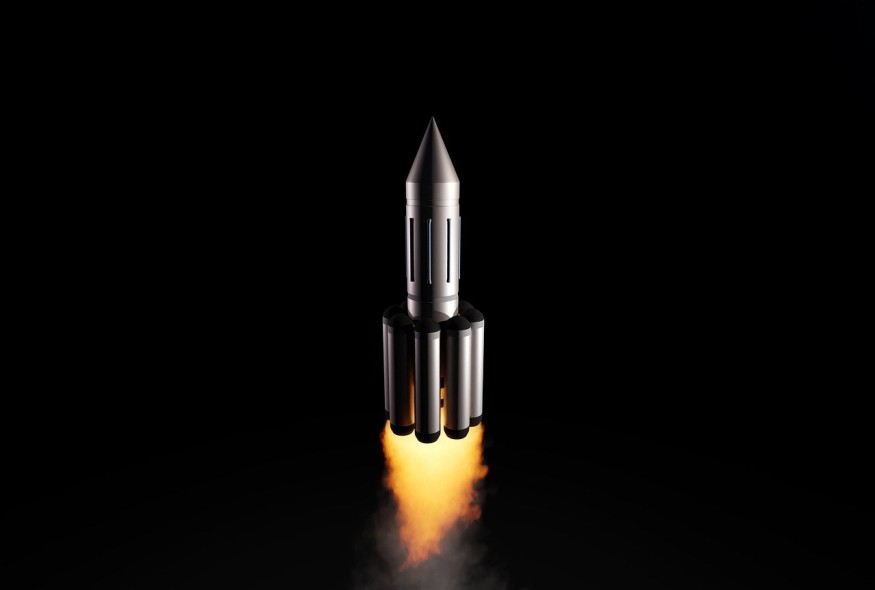
A MS-23 Russian Progress cargo spacecraft that undocked and left the International Space Station (ISS) ended up burning as it tried to enter the atmosphere of the Earth.
Russian Cargo Spacecraft's Fiery Climax
The Progress MS-23 spacecraft undocked and left the International Space Station (ISS) on November 29. It carried household waste and old equipment inside it.
Just four hours post-undocking, Jasmin Moghbeli, a NASA astronaut, was able to get the location of the spacecraft and snap it as it burned up upon entering Earth's atmosphere.
Moghbeli explains in a post that the event took place faster than she thought and stayed visible for just two to three minutes.
Russian space agency Roscosmos reported on Wednesday that the majority of the craft and the contents it carried were incinerated high above the planet. However, some materials ended up landing on the Pacific Ocean.
Earlier today, @roscosmos cargo vehicle Progress undocked and departed from @Space_Station. Nearly four hours after undocking, I was able to spot it burning up in the atmosphere and even capture a few photos of it. It happened faster than I thought and was only visible for about… pic.twitter.com/P1aFj2HvEo
— Jasmin Moghbeli (@AstroJaws) November 29, 2023
ALSO READ : Northrop Grumman Cygnus Cargo Spacecraft Gears up for Engagement with International Space Station
Cargo Spacecraft
These kinds of fiery reentries are the standard protocol for cargo craft that cannot be reused and that depart from the ISS. Two out of the three craft that are used for freight transport, the Cygnus vehicle of Northrop Gumman and the Russian Progress capsule, are routinely disposed of after delivering supplies and when room on the docking ports of the ISS is needed to welcome new deliveries.
The Cygnus craft has a Pressurized Cargo Module and a Service Module. These can carry equipment, scientific experiments, and crew supplies to low-Earth orbit. Its Service Module integrated advanced avionics that enable completely autonomous operations.
Unlike the other two crafts, SpaceX's Dragon capsule, which is the third craft employed for cargo runs, can safely return to the Earth and pull off a safe splashdown. It is suitable for reuse. In fact, at present, it has already pulled off 43 launches, 20 reflights, and 38 ISS visits.
The Dragon craft is also able to carry up to 7 passengers to and from the orbit of Earth. It serves as the first private craft that can bring humans to the ISS.
Moreover, just last Friday, another Progress spacecraft was deployed from Kazakhstan's Baikonur Cosmodrome over a Soyuz 2.1a rocket. The craft carries over three tons of fuel, food, and other crucial supplies for cosmonauts and astronauts aboard the ISS. More specifically, it brought 1,135 pounds of propellant, 926 pounds of water, 88 pounds of nitrogen, and 3,423 pounds of crew and equipment supplies.
This comes as part of the mission Expedition 70. The uncrewed craft reached the ISS on December 3, replenishing the space crew.
RELATED ARTICLE : SpaceX's Dragon Cargo Spacecraft Returns to Earth After Its Resupply Mission to the ISS To Bring Back Scientific Experiments
Check out more news and information on Space in Science Times.










